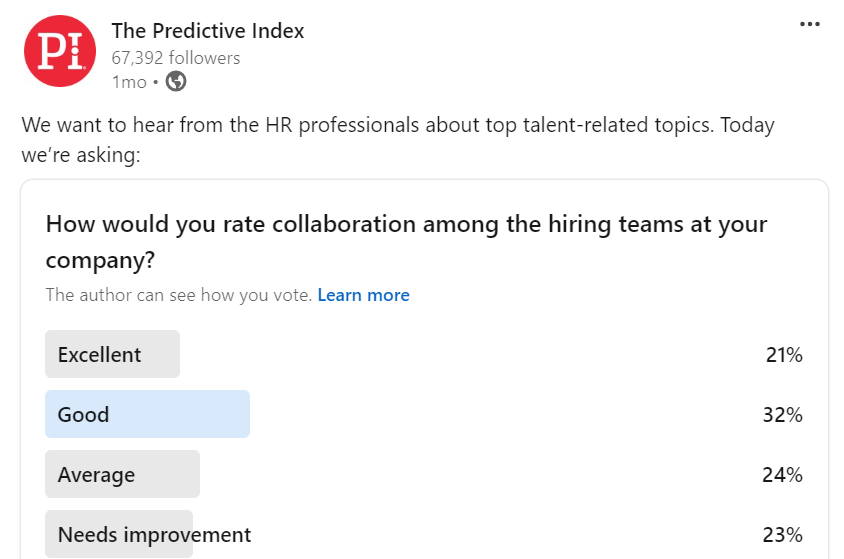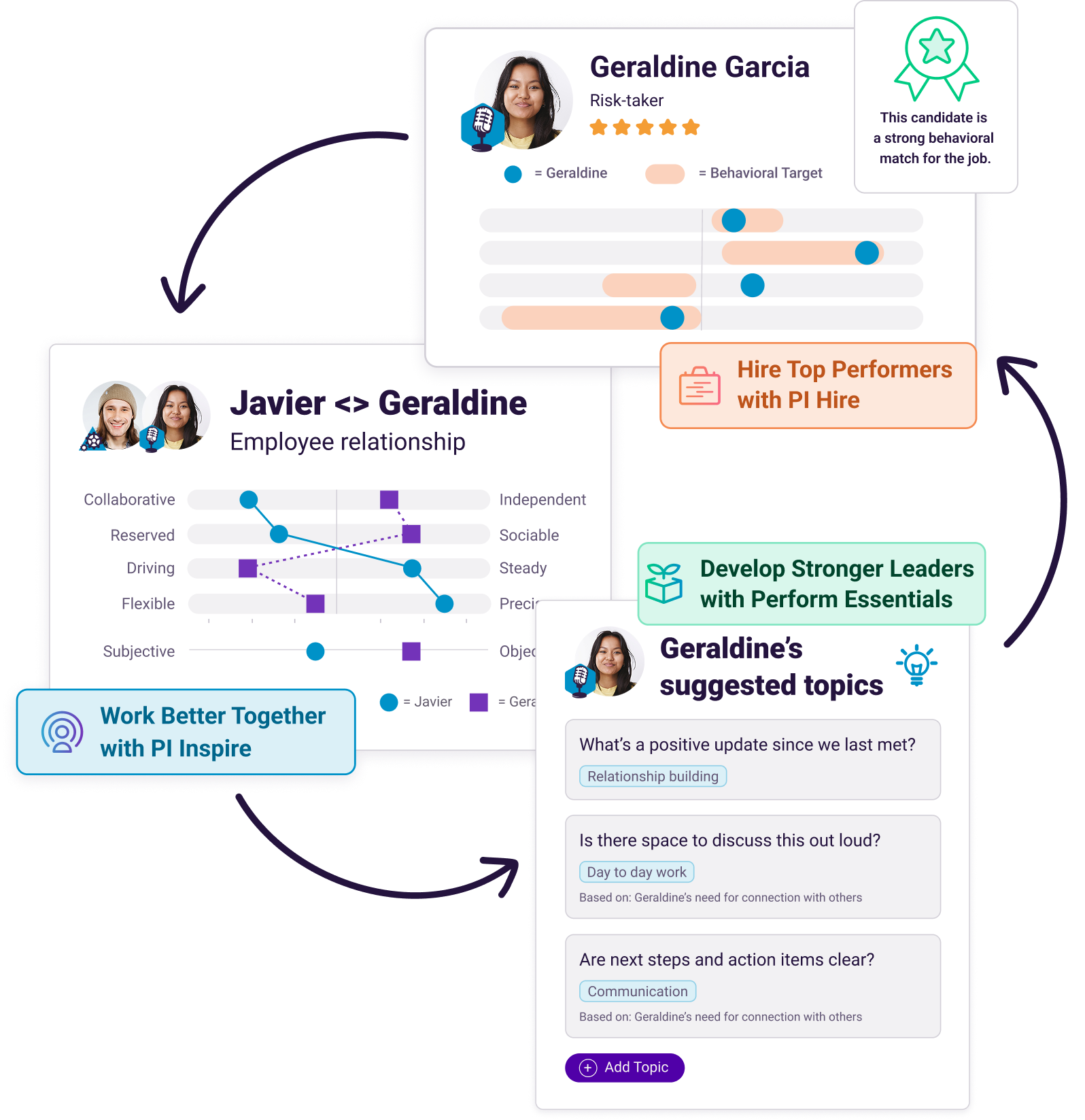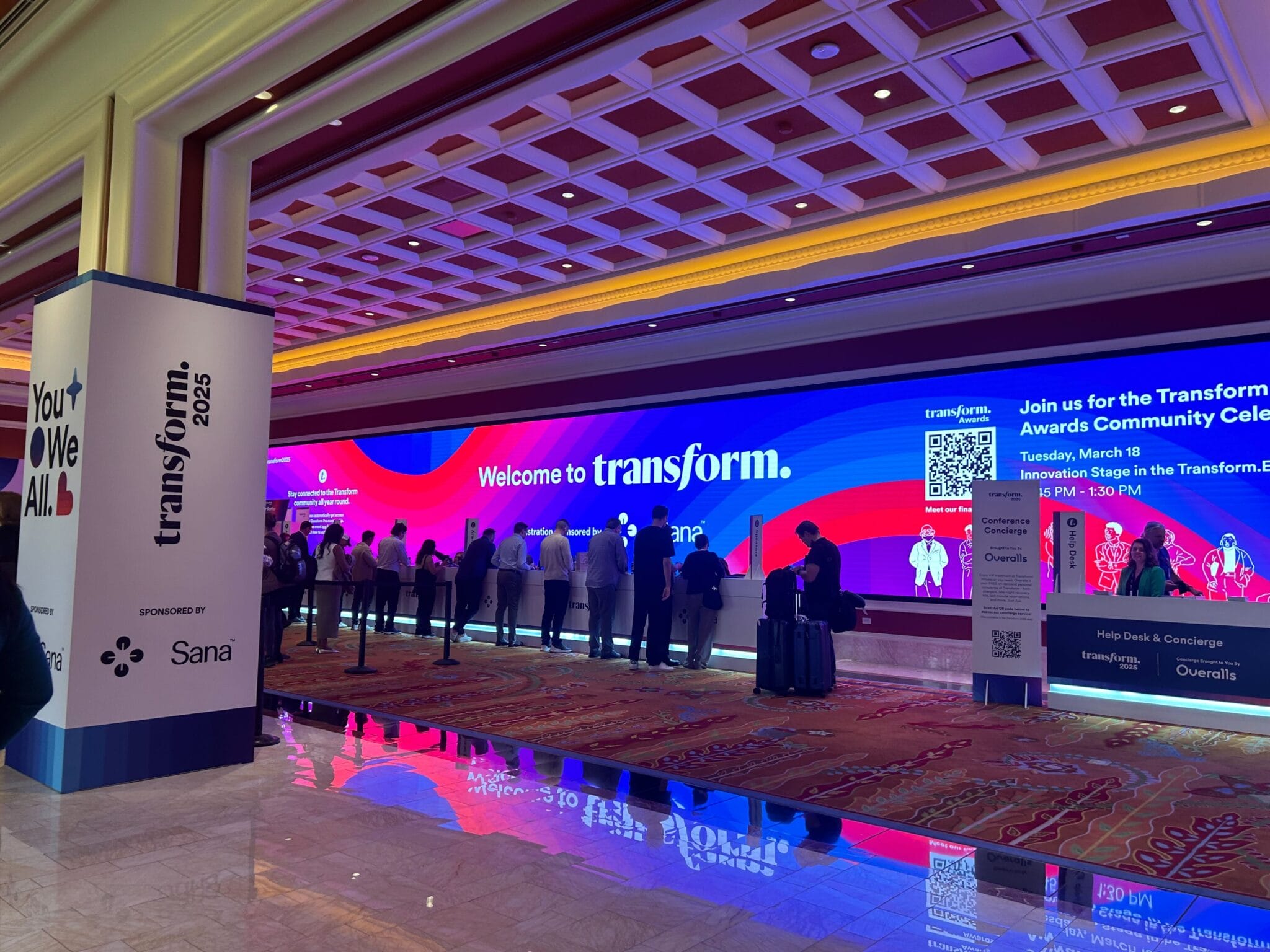We surveyed more than 200 HR professionals, executives, board members, and business owners on the most pressing talent-related issues for our annual State of Talent Optimization Report. This blog post highlights some key findings around hiring costs.
It’s no secret that hiring is a piecemeal operation for too many businesses. For some it’s more art than science, while for others, the selection process is too arbitrary to even be called an art.
Team members within the same company might view hiring challenges differently, depending whether theirs is a bird’s-eye view or boots-on-the-ground. But one thing is for sure: Bad hires can be just as costly – if not more – than failing to fill a role at all.
70% of People Say that HR is an Essential Piece of the Leadership Puzzle
Our State of Talent Optimization Report will help you put that puzzle together and become the leader you need to be
Mitigating hiring costs through the right data
Without a good sense for job fit, hiring costs add up through mis-hires, backfills, and stalled production. It’s a vicious cycle that only compounds itself if you don’t address it head-on.
Many organizations lack confidence in their internal talent pipeline. Hiring is harder in certain industries due to talent shortages. Even during relative boom times, like the September Surge, you can’t capitalize if you don’t understand the behaviors needed to be successful in a role, or on a team. Not without a clear process that puts a premium on people’s time (that of the hiring team and the candidate).
When we surveyed HR and business leaders for our 2024 State of TO Report, the vast majority of survey respondents (86%) said they have “an effective, repeatable process for hiring.” Yet most companies still struggle with time-to-hire, needing more than a month to fill their roles. And when we posed a slightly more nuanced question, to a broader audience on LinkedIn, well… let’s say the results showed a bigger split:

It’s one thing for leadership to view the hiring process as broadly repeatable. It’s quite another for the folks involved in said process to say it needs improvement, or is inconsistent.
Understanding the behavioral needs of a role helps offset some hiring costs.
It’s generally more efficient to promote from within, but you need competent, upskilled people to feel confident in doing so. Too often, the “solution” seems to be making a speedy hire. And that’s a dice roll, especially if you’re not matching the candidate to the behavioral requirements of the role.
Understanding candidate cost includes tracking turnover and time-to-hire, which nearly half of survey respondents admit they don’t do at all. Without firm figures that connect to dollars, it’s hard to understand the ramifications of a shaky hiring process.
Leaning on the right data helps bring clarity to a murky process. The best hiring teams know what they need in a role, and they can visualize who fits the team and the job’s behavioral needs, to shorten the assessment curve.
Some 61% of respondents say they use behavioral data for hiring—an uptick from past years—with often-profound impact. Compared with those who said they don’t, or only “sometimes” use behavioral data in hiring, this group also:
- Shortened its time-to-hire
- Was happier with its hiring success rate
- Saw less turnover
Job fit can be fleeting. It’s an abstract concept made a little simpler by science-backed people data that solidifies the behaviors and drives correlated to success in a specific role.
Used at scale, it can significantly ease the burden for hiring teams, HR partners, and executives alike. And it saves time for candidates who don’t fit the role, but might do well elsewhere, by allowing them to move on with their search.
✐ How TO can help support HR: Equip hiring teams with more than just resumes and job ads. Optimize the entire candidate experience, from sourcing through onboarding, by aligning the stated needs of the role with the behaviors that lead to success in it.
Tools like PI’s can help you build Job Targets with confidence, calculate the cost of turnover, and put dollars to the problem in a manner that makes more bottom-line sense.








